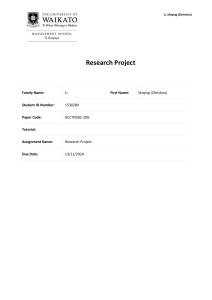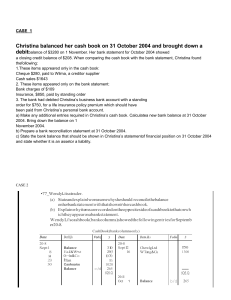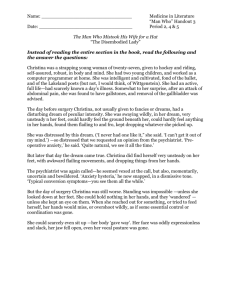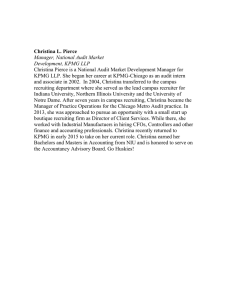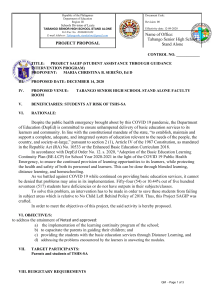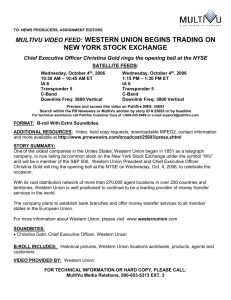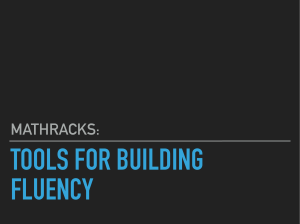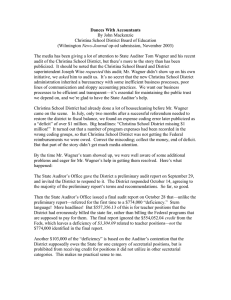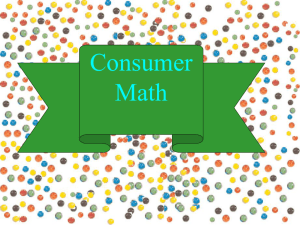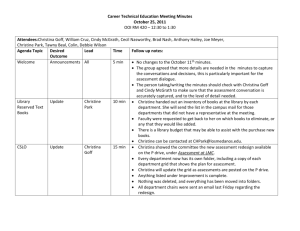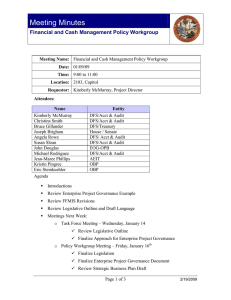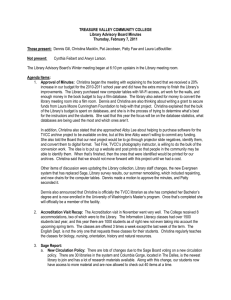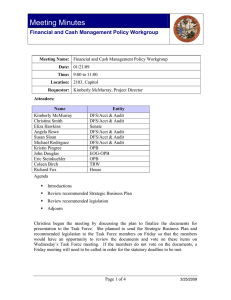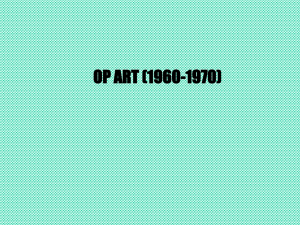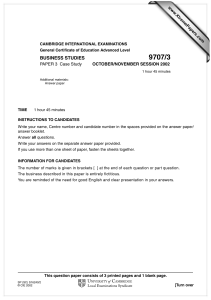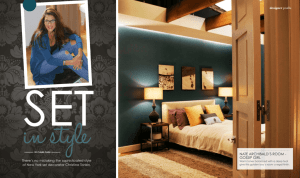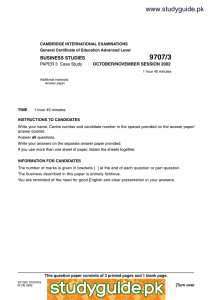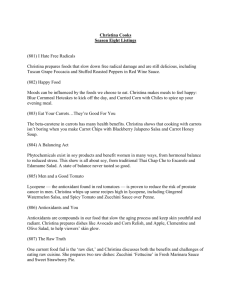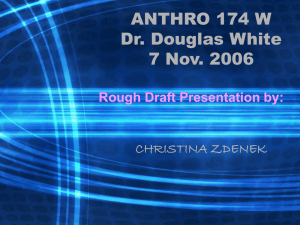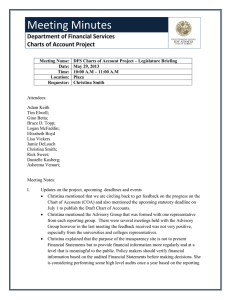Rough Draft Outline
advertisement
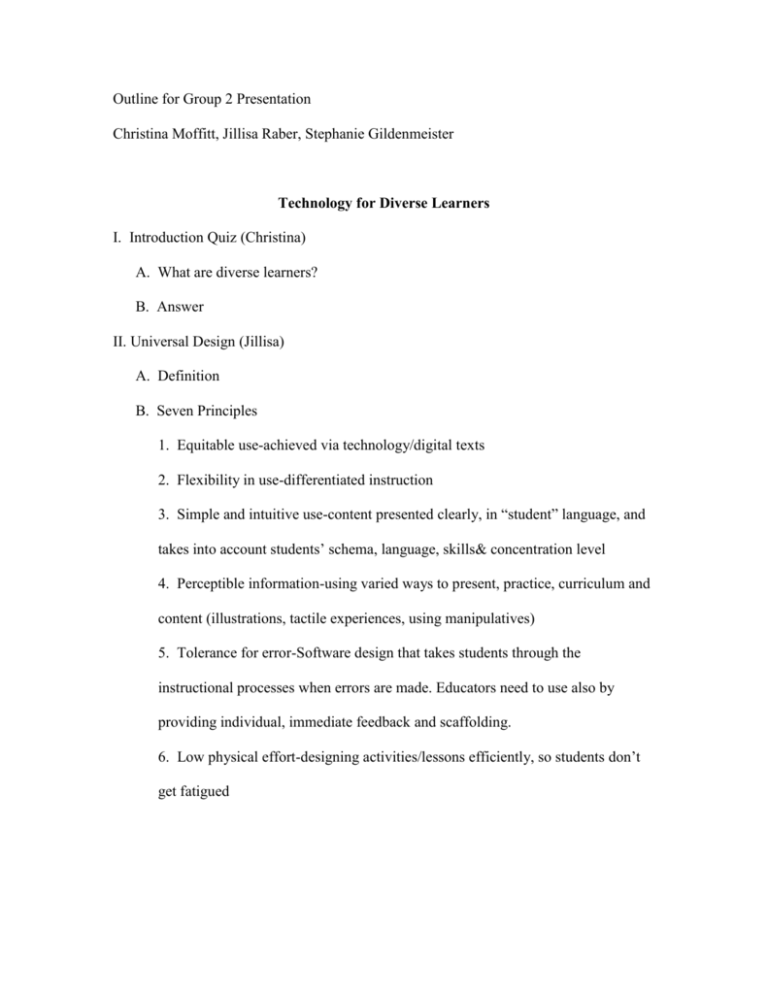
Outline for Group 2 Presentation Christina Moffitt, Jillisa Raber, Stephanie Gildenmeister Technology for Diverse Learners I. Introduction Quiz (Christina) A. What are diverse learners? B. Answer II. Universal Design (Jillisa) A. Definition B. Seven Principles 1. Equitable use-achieved via technology/digital texts 2. Flexibility in use-differentiated instruction 3. Simple and intuitive use-content presented clearly, in “student” language, and takes into account students’ schema, language, skills& concentration level 4. Perceptible information-using varied ways to present, practice, curriculum and content (illustrations, tactile experiences, using manipulatives) 5. Tolerance for error-Software design that takes students through the instructional processes when errors are made. Educators need to use also by providing individual, immediate feedback and scaffolding. 6. Low physical effort-designing activities/lessons efficiently, so students don’t get fatigued 7. Size and space for approach and use-most frequently violated. When using tech. make sure all students can see from anywhere in the room and that the content isn’t too small or too big. C. Biblical Integration III. Poll (Christina) A. Question B. Response IV. Technology and Universal Design (Stephanie/Christina) A. Types of technology that can be used with diverse learners 1. Text-to-Speech 2. Captioning and Video Description 3. I-Pad 4. Haptics 5. Digital books and Video with self-modeling 6. Audio Recording of books (i.e. MP3, podcasts) 7. Switches 8. Computer Games B. Biblical Integration V. Conclusion Poll (Christina) A. Question B. Response C. Links to Wiki websites and additional resources D. References
